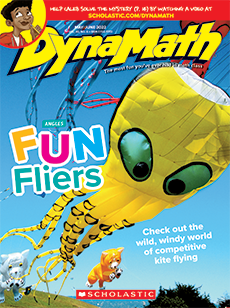Walk into any bookstore and you’ll likely see shelves lined with colorful volumes of Japanese stories with panels that read from right to left. These stories are called manga.
Manga has been a part of Japanese culture for centuries. Early Japanese authors drew stories on scrolls starting in the 12th century. Modern manga like Astro Boy in the 1950s and Sailor Moon in the 1990s exploded in popularity in Japan. But it wasn’t until the 2000s that this style of storytelling became widely popular in the U.S.
One of Japan’s largest manga publishers, Kodansha, expanded to the U.S. in 2008. Kodansha USA publishes about 350 manga titles every year, all translated from Japanese to English.
If you walk into a bookstore, you might see Japanese stories on the shelves. These books are colorful. They have illustrated pages that you read from right to left. These stories are called manga.
Manga has been a part of Japanese culture for centuries. In the 12th century, Japanese authors drew stories on scrolls. In the 1950s, Astro Boy was a popular manga in Japan. In the 1990s, many Japanese children read Sailor Moon. But it wasn’t until the 2000s that manga became popular in the U.S.
Kodansha is one of Japan’s largest manga publishers. The company expanded to the U.S. in 2008. Kodansha USA publishes about 350 manga titles every year. All of these books are translated from Japanese to English.
